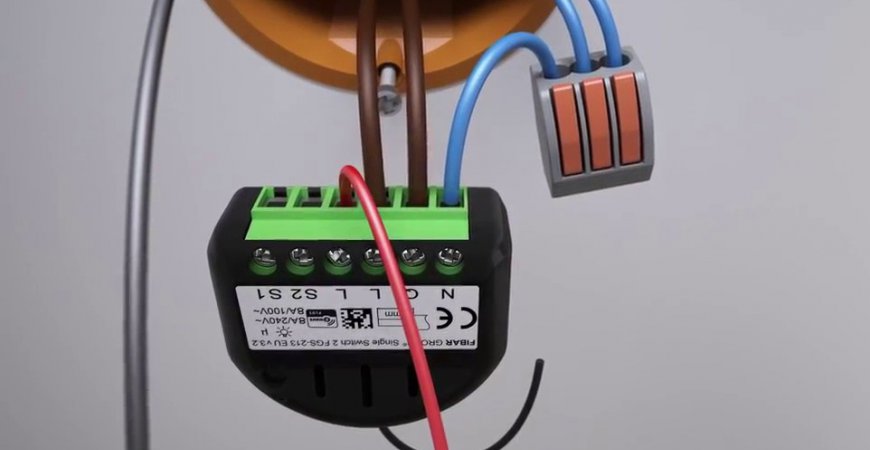
Tips for installing a wireless system for smart home
Installing some of the Z-Wave system components can sometimes be a challenge. With our tips, you'll be ready to install components of Z-Wave system and make installation process easier.
Choosing of Z-Wave control unit
At first you have to think about choosing the Z-Wave control unit, which is the basis of the whole intelligent home. When choosing the control unit, you can help with the article on our blog pages, which lists the criteria that you need to think about when selecting a control unit. (link to the article)
Step by step home automation
If you already have a selected control unit, there is a time when you need to think about how much you want to automate your home. Na systéme Big advantage of Z-Wave system is the feature that there is no need to automate the entire house at once (in one investment), but it is possible to gradually expand the system. For example, you can start with the control of heating and gradually add the components to control lighting, blinds, air conditioning, multimedia or sensory and safety elements.
Within the Z-Wave technology and home automation system built on this technology, there are components that we can divide from the point of view of installation into:
Modules that are installed on the surface – various kinds of sensors (motion, temperature, smoke, flood, door), LED bulbs, smart sockets. Such components are Plug & Play Plug-and-Play and only when the user inserts the battery and some screws or screws. Inserts directly into the el. plug.
Modules that are installed in an electrical box under existing power switches/sockets – light control relay, light dimmer, RGBW module, shutter driver, etc.
Modules that are installed in an electrical box under existing power switches/sockets
Before installing such modules, keep in mind:
- installation should be carried out by a certified electrician
- neutral wire tied under each switch
- el. box deep at least 6cm
- to one a 6cm deep el. box will fit one module, e.g. for simple switching on/off of the light Fibaro Single / Double Switch 2 (can switch 2 electric circuits)
- design of wall switches, resp. sockets is then completely on your preferences
Modules that are installed on the surface
Most of these modules are powered by battery, so there is no need to pull cables to such elements. The battery life of a Z-Wave device is conditioned by the wake-up interval configuration and the intensity of use (for example volume of motion detected by the motion sensor). The battery-powered Z-Wave devices are most of the time in sleep mode and only send signals to the control unit when for example detected motion and in periodic wake-up intervals. However, the battery life is normally 2 years. In addition, it is possible to monitor the battery level of the device in the Z-Wave interface. In case of a critical level of battery, Z-Wave control unit send a notification to the user.
Adding Z-Wave devices to the Z-Wave control unit network
After physically mounting the Z-Wave device to make full use of its functionality, it is necessary to add these devices to the Z-Wave control unit. This process is done with slight variations for each device as follows:
- Start Learning Mode – Mode for adding devices on Z-Wave control unit
- During the time interval, button on the device must be pressed to confirm the inclusion of the device to the Z-Wave network. (More in the device manual)
- Configure the name and room where the Z-Wave device is located.
Note: Sometimes it is necessary to exclude/remove the device from the Z-Wave network before including/adding the Z-Wave device to the control unit network.
Recommended articles on our blog:
- Multiway switching and Fibaro Single Switch 2
- How to use roller blinds, blinds or garage door using Z-Wave
- Z-Wave heating options

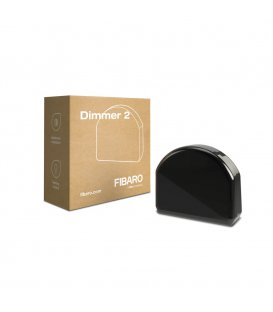
![Qubino Roller Shutter DC Plus [ZMNHOD1]](https://smarterhome.sk/3004-home_default/qubino-roller-shutter-dc-plus-zmnhod1.jpg)
![Qubino Flush Dimmer 0-10V Plus [ZMNHVD1]](https://smarterhome.sk/3005-home_default/qubino-flush-dimmer-0-10v-plus-zmnhvd1.jpg)
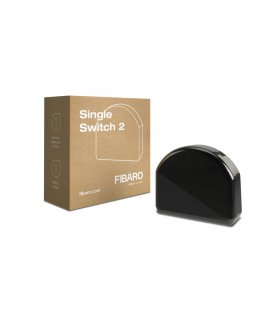
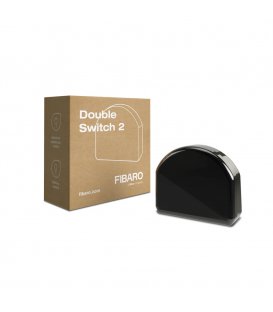
![Qubino Flush RGBW Dimmer [ZMNHWD1]](https://smarterhome.sk/3006-home_default/qubino-flush-rgbw-dimmer-zmnhwd1.jpg)












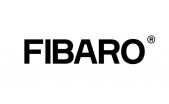










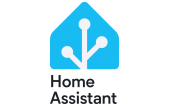


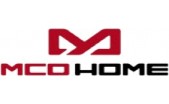


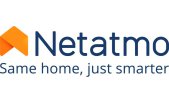










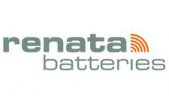




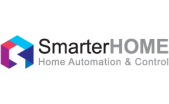




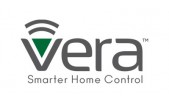
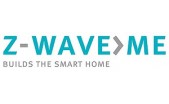
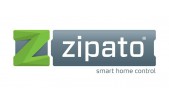
4 Comments
sistem informasi 27.12.2023 Reply
How does the Z-Wave system offer flexibility in the automation of a home, and what advantage does it have in terms of gradual expansion without the need for a single large investment?SmarterHOME Team 03.01.2024 Reply
Hi,for start with Z-Wave system you need just Z-Wave hub e.g. FIBARO Home Center 3 Lite which does not cost so much, and then you can connect almost any Z-Wave device to it such us wall plugs, switches, sensors, heat controllers and so on.
You can add more and more devices gradually according to your needs, for example you start with controlling with heating then you find out that you can automate lightning for your little kids in bathroom and so on. The automation ideas are countless.
Have a nice day.
SmarterHOME Team
Etthan Passios 07.12.2023 Reply
These tips create a seamless and secure foundation for enjoying the convenience of a smart home. Thanks!Eleanor 16.03.2023 Reply
This is a useful and excellent share. Will definitely share it with people I know.